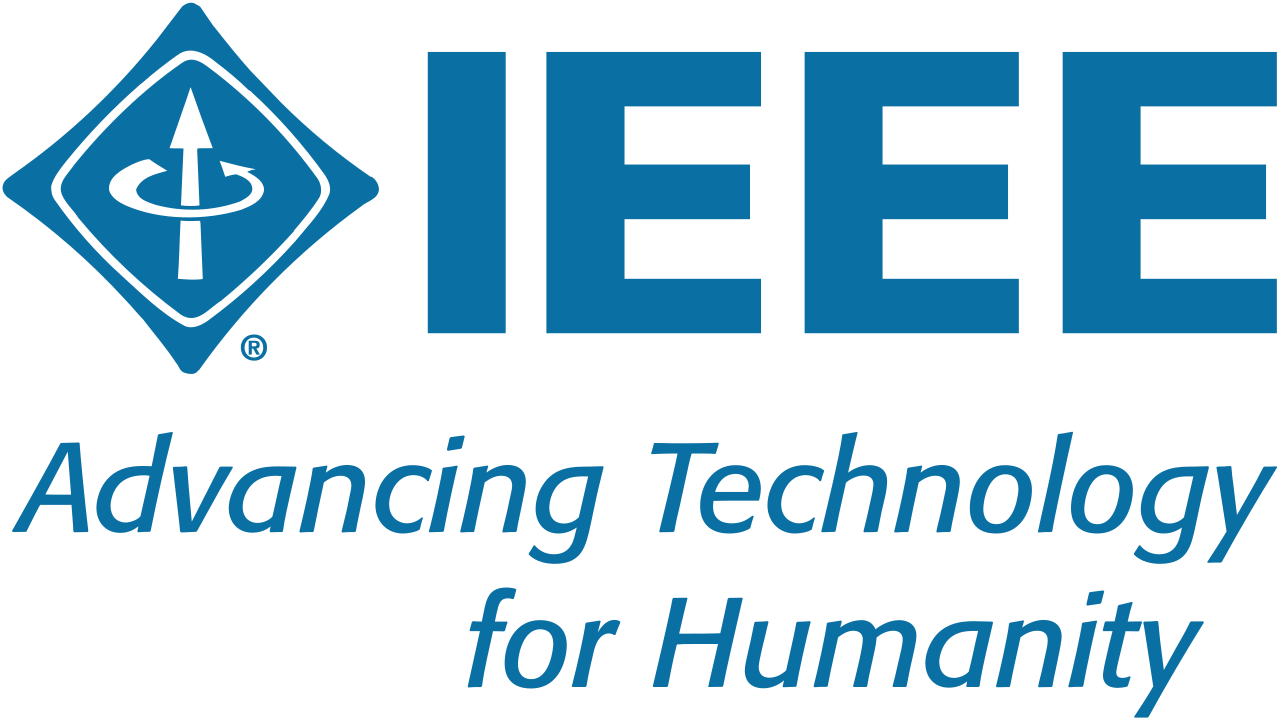Clean Water Demand Prediction Model Using The Long Short Term Memory (LSTM) Method
Abstract
Cities or districts as population centers with various service facilities, really need the provision of clean water. The agency that handles clean water in Indonesia is the Regional Drinking Water Company (PDAM). PDAMs were established in every city and district in Indonesia as agencies that serve the community's need for clean water. One of them is the Regional Public Company (Perumda) Tirta Pakuan and as time goes by the number of customers will definitely increase so that the need for clean water will also increase. The purpose of this research is to create a Clean Water Demand Prediction Model using the Long Short Term Memory (LSTM) Method to find the most optimal modeling. The data in this study were obtained from data reports is from Perumda Tirta Pakuan. The prediction model development process is carried out through Visual Studio Code tools. To find a model with the smallest error rate using various ratios, namely 80:20, 70:30, 60:40, and 50:50, then testing is also carried out based on the number of different hyperparameter values in batch sizes 5, 10, 15, 20, 25 and max epoch 50, 100, 150, 200, 250. From all the experiments that have been carried out, the most optimal is batch size 5 and epoch 50 with a ratio of 60:40 for water production to get RMSE 0.4862 and MAPE 2.5252% while for the amount of water use with a ratio of 50:50 get RMSE 0.4674 and MAPE of 2.5163%.
Keywords
References
Brahmanja, A. Ariyanto, and K. Fahmi, “PREDIKSI JUMLAH KEBUTUHAN AIR BERSIH BPAB UNIT DALU - DALU 5 TAHUN MENDATANG (2018) KECAMATAN TAMBUSAI KAB ROKAN HULU,” 2013.
V. N. P. Hasan, W. F. Mahmudy, and M. Z. Sarwani, “PEMODELAN REGRESI NON LINEAR MENGGUNAKAN ALGORITMA GENETIKA UNTUK PREDIKSI KEBUTUHAN AIR PDAM KOTA MALANG,” vol. 59, pp. 59–65, 2016.
F. Fadli, S. Suwilo, and M. Zarlis, “Model Prediksi Data Besar Distribusi Produk Farmasi: Analisis Kinerja Model Deep Learning,” CSRID (Computer Sci. Res. Its Dev. Journal), vol. 14, no. 1, p. 68, 2022, doi: 10.22303/csrid.14.1.2021.79-91.
E. Supriyadi, “Prediksi Parameter Cuaca Menggunakan Deep Learning Long-Short Term Memory (Lstm),” J. Meteorol. dan Geofis., vol. 21, no. 2, p. 55, 2021, doi: 10.31172/jmg.v21i2.619.
L. Wiranda and M. Sadikin, “Penerapan Long Short Term Memory Pada Data Time Series Untuk Memprediksi Penjualan Produk Pt. Metiska Farma,” J. Nas. Pendidik. Tek. Inform., vol. 8, no. 3, pp. 184–196, 2019.
M. Stang, M. Bohme, and E. Sax, “Applied Machine Learning: Reconstruction of Spectral Data for the Classification of Oil-Quality Levels,” Technol. Sci., vol. 5, pp. 1–13, 2019, [Online]. Available: www.isres.org.
P. Sugiartawan, A. A. J. Permana, and P. I. Prakoso, “Forecasting Kunjungan Wisatawan Dengan Long Short Term Memory (LSTM),” J. Sist. Inf. dan Komput. Terap. Indones., vol. 1, no. 1, pp. 43–52, 2018, doi: 10.33173/jsikti.5.
S. Yan, “Understanding LSTM and Its Diagrams”, 2016, [Online]. Available: https://medium.com/mlreview/understanding-lstm-and-its-diagrams-37e2f46f1714.
A. Faadilah, “Analisis Sentimen Pada Ulasan Aplikasi Tokopedia di Google Play Store Menggunakan Metode Long Short Term Memory”, 2020.
W. W. K. Wardani, “Prediksi Harga Saham Syariah Menggunakan Metode Recurrent Neural Network-Long Short Term Memory”, 2021.
N. Rochmawati, H. B. Hidayati, Y. Yamasari, H. P. A. Tjahyaningtijas, W. Yustanti, and A. Prihanto, “Analisa Learning Rate dan Batch Size pada Klasifikasi Covid Menggunakan Deep Learning dengan Optimizer Adam,” J. Inf. Eng. Educ. Technol., vol. 5, no. 2, pp. 44–48, 2021, doi: 10.26740/jieet.v5n2.p44-48.
Asta, “Analisis Kebutuhan Air Bersih Dan Distribusi Jaringan PDAM Persemaian Kota Tarakan (Studi Kasus Kecamatan Tarakan Barat),” vol. 2, no. 1, pp. 61–68, 2018, [Online]. Available: http://jurnal.borneo.ac.id/index.php/borneoengineering.
Bahar and S. A. Yahya, “Penerapan Algoritma Backpropagation Untuk Prediksi Kebutuhan Air Bersih pada PDAM Intan Banjar,” 2019.
M. A. Faishol, Endroyono, and A. N. Irfansyah, “Prediksi Polusi Udara Perkotaan Di Surabaya Menggunakan Recurrent Neural Network - Long Short Term Memory,” JUTI J. Ilm. Teknol. Inf., vol. 18, no. 2, p. 102, 2020, doi: 10.12962/j24068535.v18i2.a988.
K. Istiqara, M. T. Furqon, and Indrianti, “Prediksi Kebutuhan Air PDAM Kota Malang Menggunakan Metode Fuzzy Time Series Dengan Algoritma Genetika,” vol. 2, no. 1, pp. 133–142, 2018.
M. R. Sopany, D. E. Herwindianti, and J. Hendryli, “Prediksi Kelembapan Tanah Pada Tingkat Kecamatan di Wilayah Bogor Dengan Metode CNN LSTM,” Comput. J. Comput. Sci. Inf. Syst., vol. 6, no. 1, p. 1, 2022, doi: 10.24912/computatio.v6i1.15740.
A. L. Putra and A. Kurniawati, “Analisis Prediksi Harga Saham PT. Astra International Tbk Menggunakan Metode Autoregressive Integrated Moving Average (ARIMA) dan Support Vector Regression (SVR),” J. Ilm. Komputasi, vol. 20, no. 3, pp. 417–423, 2021, doi: 10.32409/jikstik.20.3.2732.
B. Putro, “Prediksi Jumlah Kebutuhan Pemakaian Air Menggunakan Metode Exponential Smoothing (Studi Kasus : PDAM Kota Malang),” Biomass Chem Eng, vol. 3, no. 2, p. , 2018.
DOI: 10.33751/komputasi.v20i2.8060
 Abstract views : 418
Abstract views : 418
Refbacks
- There are currently no refbacks.

This work is licensed under a Creative Commons Attribution 4.0 International License.









